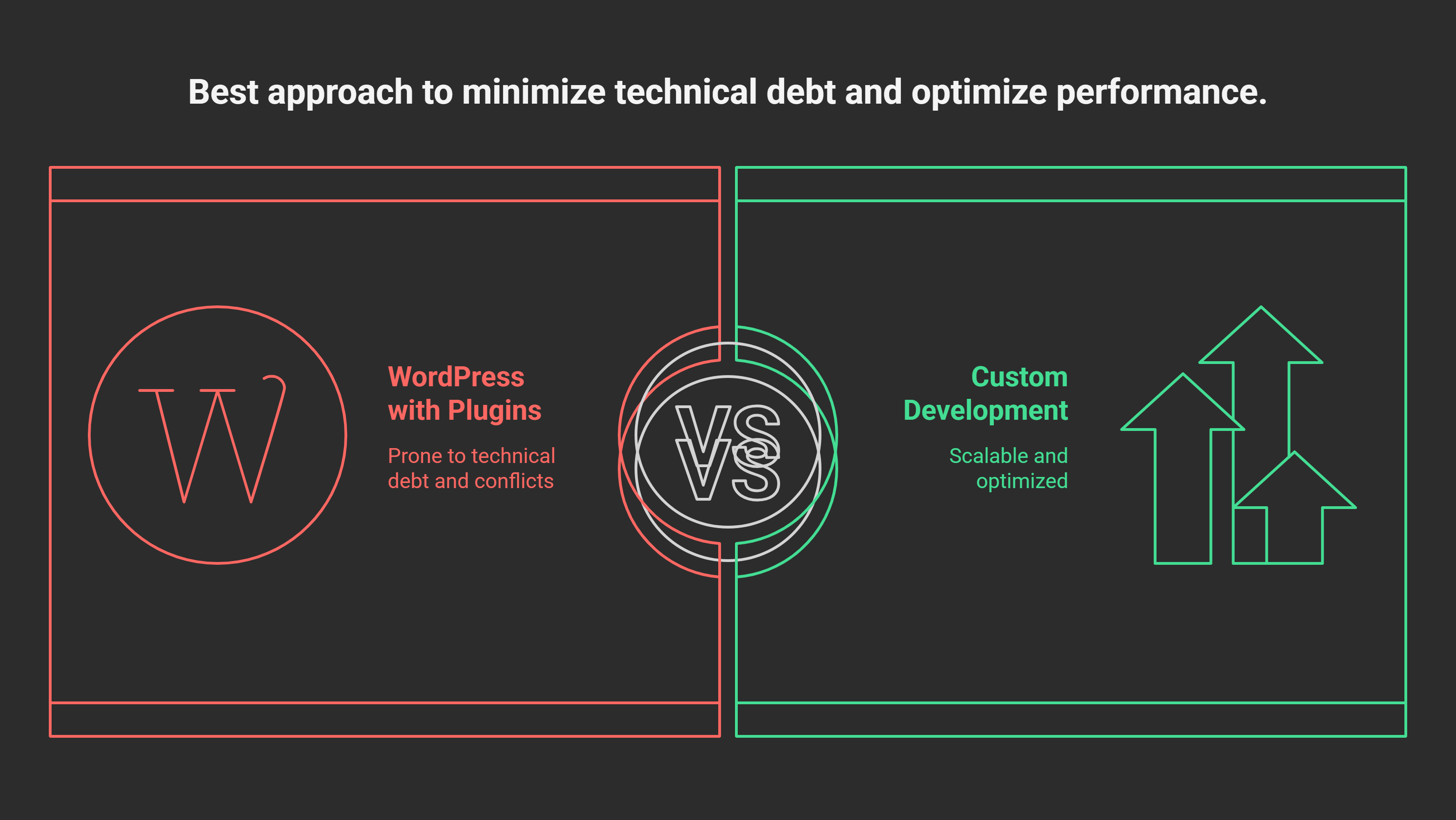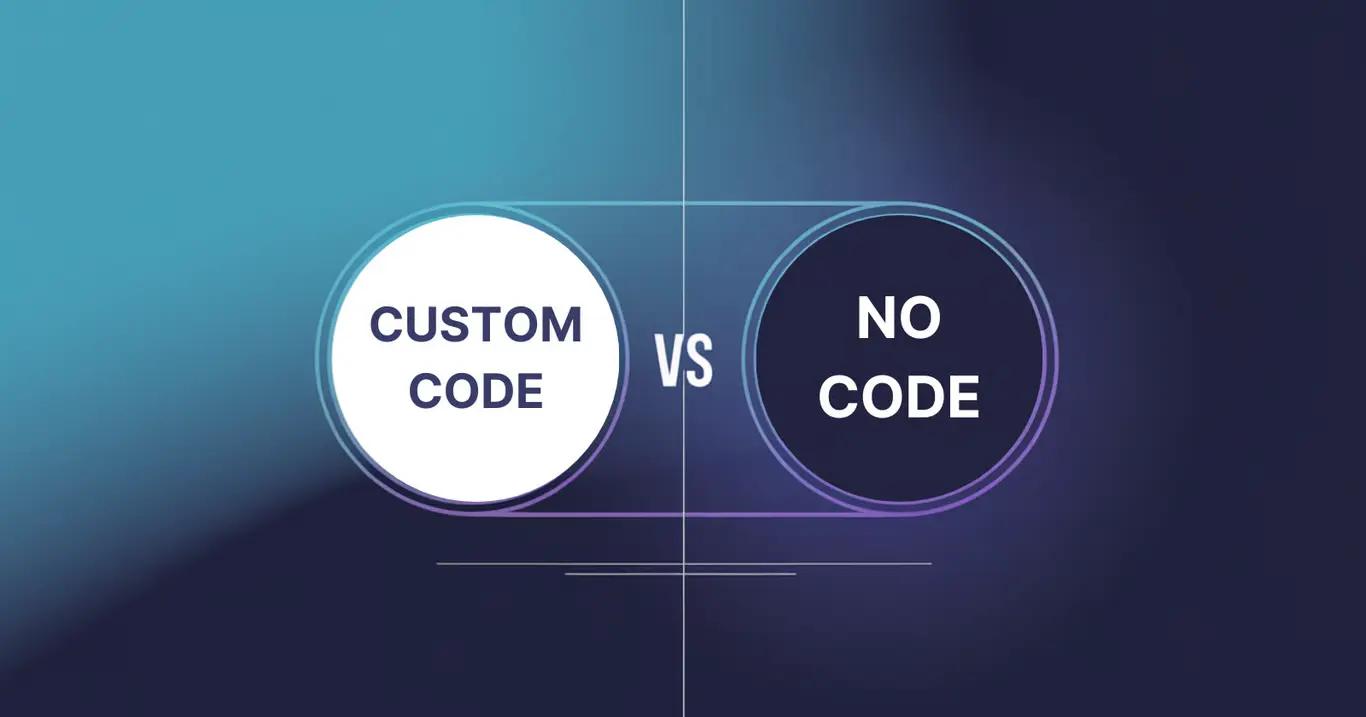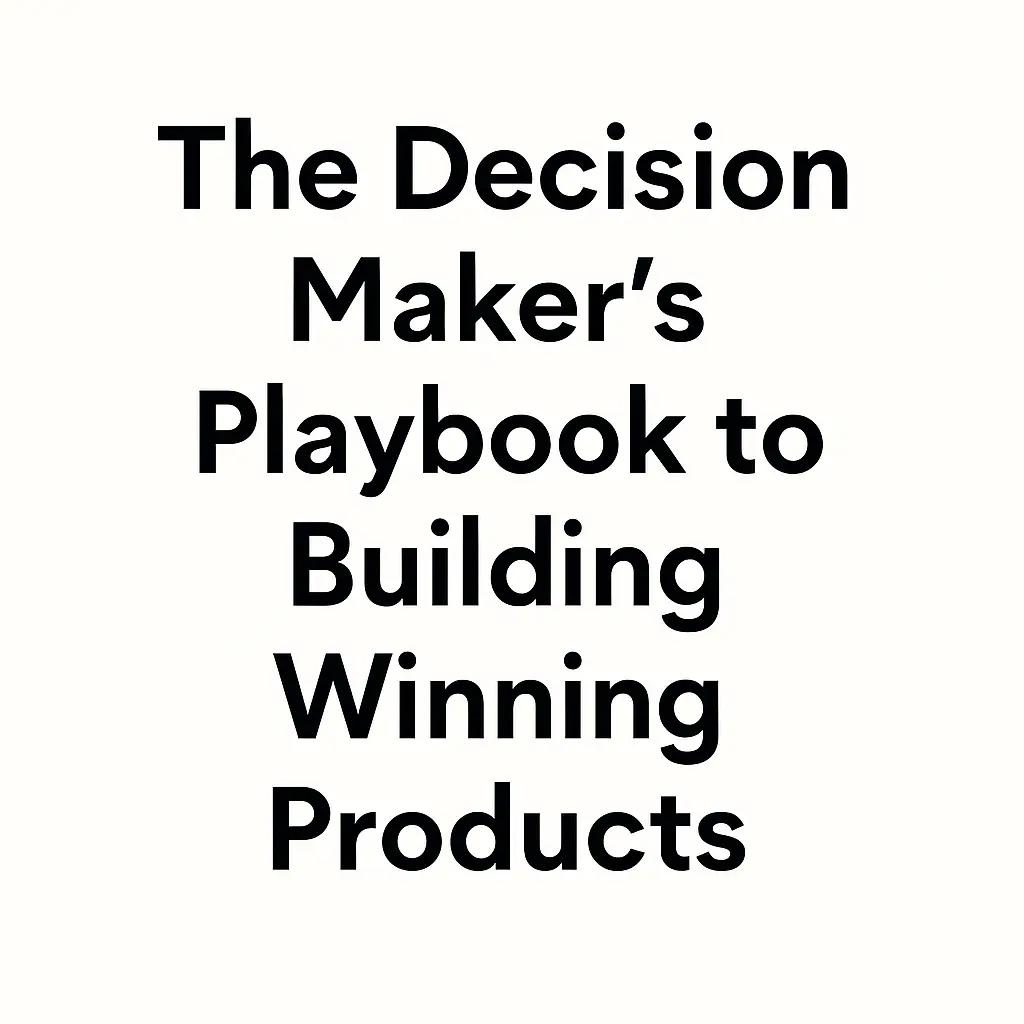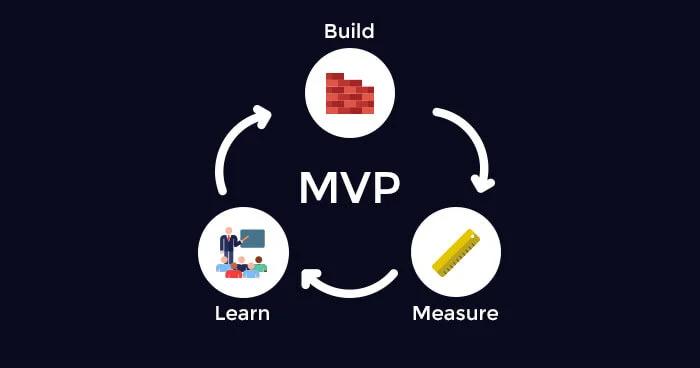How Can Design Patterns Transform Your Software Engineering Process?
In essence, design patterns are general repeatable solutions to commonly occurring problems in software design. They are not finished designs but templates that can be applied to specific situations. By understanding and utilizing these patterns, developers can create more efficient, maintainable, and scalable software systems.
- Creational Patterns: Focus on object creation mechanisms, trying to create objects in a manner suitable to the situation.
- Singleton Pattern: Imagine a scenario where you need a single point of access to a shared resource, like a database connection. The Singleton pattern ensures that a class has only one instance and provides a global point of access to it.
- Factory Pattern: Think of an online store that sells different types of electronics. Instead of creating each product with specific details in your main code, the Factory pattern allows you to define an interface for creating an object, but let subclasses alter the type of objects that will be created.
- Structural Patterns: Deal with object composition, defining ways to compose objects to form larger structures.
- Adapter Pattern: Imagine you're developing a media player that can play multiple audio formats. The Adapter pattern allows a system to use classes with incompatible interfaces by providing a way to make them compatible without changing their code.
- Composite Pattern: Think of a graphic design application where you can group shapes like circles, squares, and triangles into a single object. The Composite pattern lets you treat individual objects and compositions of objects uniformly.
- Behavioral Patterns: Concerned with object collaboration and delegation of responsibilities.
- Observer Pattern: Picture a stock market monitoring system that notifies investors about price changes. The Observer pattern allows an object (subject) to notify other objects (observers) about changes to its state, enabling a clean and maintainable way to handle event-driven programming.
- Strategy Pattern: Consider a navigation app that offers different route calculation methods (e.g., fastest, shortest, scenic). The Strategy pattern allows you to define a family of algorithms, encapsulate each one, and make them interchangeable.
- Concurrency Patterns: Address multi-threading and parallelism.
- Thread Pool Pattern: Imagine a web server handling numerous requests. The Thread Pool pattern manages a pool of reusable threads to execute tasks concurrently, improving performance and resource management.
- Producer-Consumer Pattern: Think of a messaging system where messages are produced by one part of the system and consumed by another. The Producer-Consumer pattern ensures that producer and consumer processes run at different rates without overwhelming each other.
Software engineering faces a multitude of challenges. One of the most pressing issues is the creation of scalable, maintainable, and efficient software solutions. Many companies, including yours, are grappling with this problem, often resulting in increased development time, higher costs, and frequent bugs that disrupt user experience. So, what’s the secret to overcoming these obstacles? The answer lies in mastering design patterns.
The primary challenge in software engineering is the complexity of designing systems that are both scalable and maintainable. As projects grow, the codebase becomes increasingly difficult to manage, leading to a host of issues:
- Inconsistent Code: Without a standardized approach, different team members might tackle the same problem in various ways, leading to a disjointed and hard-to-maintain codebase.
- Reinventing the Wheel: Developers often find themselves solving the same problems repeatedly, wasting valuable time and resources.
- Bug Proliferation: As complexity increases, so does the likelihood of bugs, which can significantly impact user experience and require extensive effort to fix.
Currently, many developers rely on ad-hoc solutions and personal experience to tackle these issues. However, these methods often fall short:
- Lack of Standardization: Without a unified approach, it's challenging to ensure consistency and quality across the entire codebase.
- Inefficiency: Custom solutions can be time-consuming and prone to errors, leading to increased development costs and delays.
- Limited Reusability: Ad-hoc solutions are often tailored to specific problems, limiting their reusability across different projects.
Imagine a world where your development team can effortlessly navigate the complexities of software engineering, delivering robust and maintainable solutions with ease. This is where design patterns come into play. Design patterns provide a structured approach to solving common design problems, ensuring consistency, efficiency, scalability, and maintainability.
- Unleash Consistency: Imagine a world where every member of your team speaks the same design language, where each line of code follows a unified approach. Design patterns bring this vision to life, ensuring that your codebase is not only consistent but also easier to maintain and scale. This consistency reduces the cognitive load on developers, allowing them to focus on innovation rather than firefighting.
- Boost Efficiency: Think of the time saved by not having to reinvent the wheel. Design patterns are time-tested solutions that can be applied to common problems, reducing development time and effort. This efficiency translates to faster release cycles, allowing you to respond to market demands swiftly and stay ahead of the competition.
- Ensure Scalability: As your business grows, so do the demands on your software. Design patterns enable you to build systems that can scale effortlessly, handling increased loads and complexity without compromising performance. This scalability ensures that your software can support your business's growth trajectory, delivering a seamless user experience even under heavy demand.
- Enhance Maintainability: With design patterns, maintaining and updating your code becomes a breeze. Patterns provide a clear structure, making it easier for new developers to understand and contribute to the project. This maintainability reduces technical debt and ensures the longevity of your software solutions.
Recent studies have shown that companies leveraging design patterns experience significant improvements in their software development processes. According to a 2023 survey by Stack Overflow, 85% of developers who use design patterns report higher code maintainability and a 30% reduction in development time. Another study by IEEE found that systems designed using patterns are 50% more scalable and 40% less prone to bugs.

Selecting the appropriate design pattern involves understanding the specific problem and the context in which it occurs. Here are a few steps to guide you:
- Identify the Problem: Understand the core issue you are trying to solve.
- Analyze Context: Consider the environment and constraints of your project.
- Review Patterns: Explore various design patterns that address similar problems.
- Evaluate Trade-offs: Assess the benefits and potential downsides of each pattern.
- Implement and Iterate: Apply the chosen pattern and refine as needed.
Imagine you're developing a large-scale e-commerce platform with multiple services like user authentication, product catalog, and payment processing. To manage these services effectively:
- Use an API Gateway to handle all incoming requests and route them to the appropriate microservice. This pattern helps simplify client interactions by providing a single entry point to the system.
- Implement the Circuit Breaker pattern to handle potential failures in your services. For instance, if the payment service is down, the circuit breaker will prevent the system from continuously trying to process payments and potentially crashing.
Suppose you're creating a media player that supports various audio formats. You need a flexible system that can adapt to different formats without changing the core codebase:
- Use the Adapter pattern to create a uniform interface for different audio codecs. This way, you can add support for new formats like MP3, WAV, or AAC without modifying the media player’s core logic.

Consider a social media app that needs to update followers in real-time when a user posts a new update:
- Implement the Observer pattern where the user's update acts as the subject and followers as observers. Whenever the user posts a new update, all followers (observers) are notified automatically.

Suppose you are developing a mapping application that offers multiple routing options:
- Use the Strategy pattern to allow users to choose between different route calculation methods like the fastest route, shortest route, or scenic route. This pattern enables easy addition of new routing strategies without changing the existing codebase.
Even in UX design, patterns provide solutions to common usability problems, ensuring a seamless user experience. Examples include breadcrumb navigation, infinite scrolling, and modal dialogs.
While design patterns are often associated with OOP, their principles can be applied to other paradigms, such as functional programming.
Are you ready to take your software engineering process to the next level? Start integrating design patterns into your projects today and witness the difference. Equip your team with the knowledge and tools they need to harness the power of design patterns. With each pattern you implement, you’ll be building a more robust, efficient, and scalable software system.
Meet Dennis, a seasoned software engineer with 11 years of experience transforming ideas into digital reality. He has successfully guided countless projects from concept to deployment, bringing innovative solutions to life. With a passion for crafting exceptional software, Dennis has helped countless clients achieve their goals.
Click here to learn more
Popular Posts
- How Can Strategic Software Solutions Propel Your Business to the Next Level?
- What is the Key to Startup Success?
- Why Do Some Products Soar While Others Flounder?
- Why Is Consistent Blogging Critical for Your Go-To-Market Strategy?
- Why Do Some Products Stick While Others Don't?
- Why Do Top Engineers Choose Where They Work?
- The Ultimate Solution for Faster, Scalable, and Customizable Web Design Without the CSS Headaches
- Revolutionizing Your Software Experience
- How Can You Overcome Common Pitfalls in Enterprise Application Software Development and Achieve Success?
- Discover the Ultimate Solution to Streamline Your Workflow and Boost Productivity!
Ready to take your business to the next level? Let’s make it happen.
Recommended For You

Why Do Top Engineers Choose Where They Work?

Why Software Engineering Fundamentals Can Transform Your Business Success

Unlock Faster, Safer Websites: Why Businesses Are Choosing Next.js Over WordPress

Why Settle for Less? How Custom Web Development Fuels Your Business Growth

Is Your Startup’s MVP Ready to Scale? Build Smart, Win Big

The Decision Maker’s Playbook to Building Winning Products

How a Minimum Lovable Product Delivers Success

